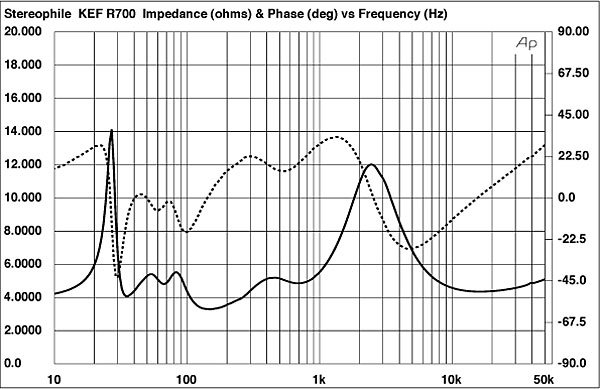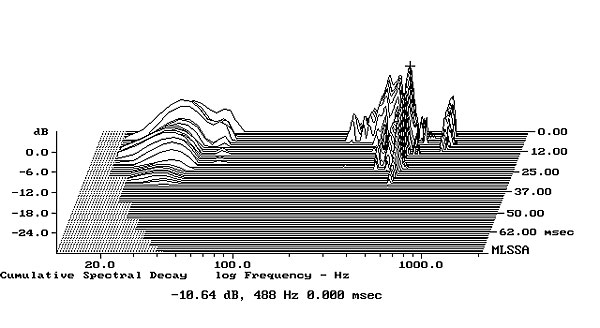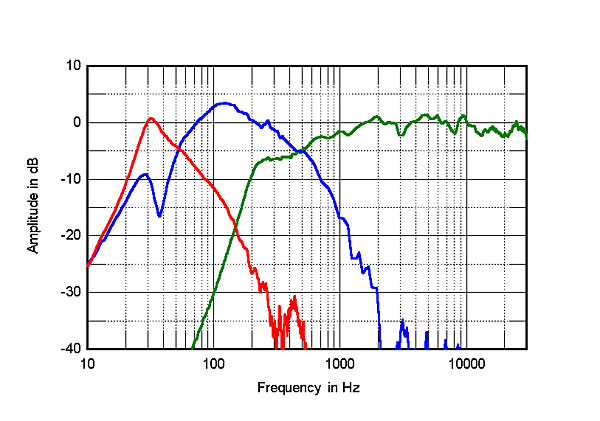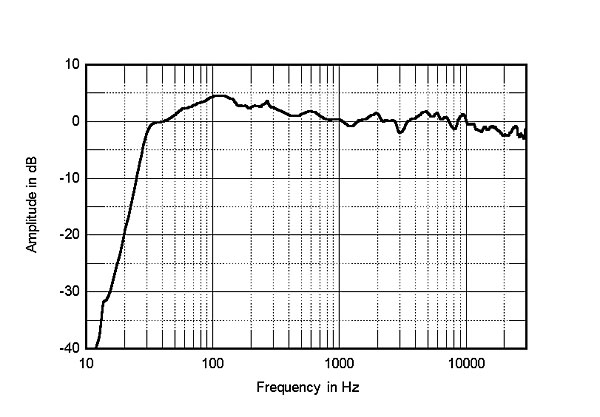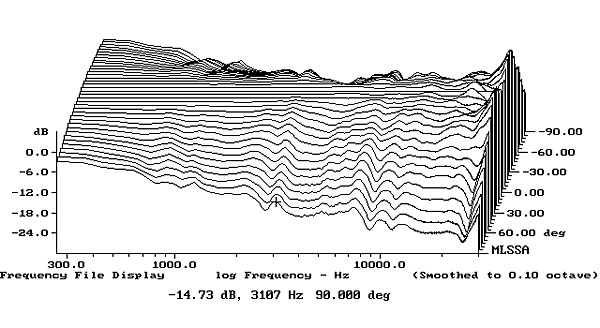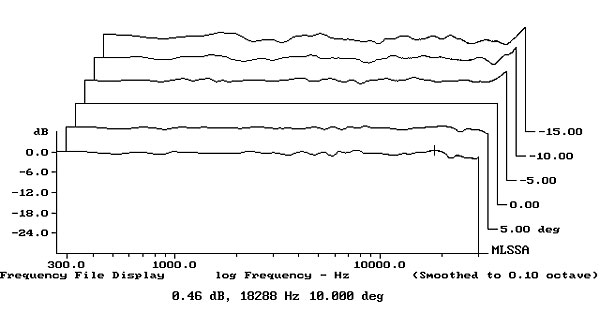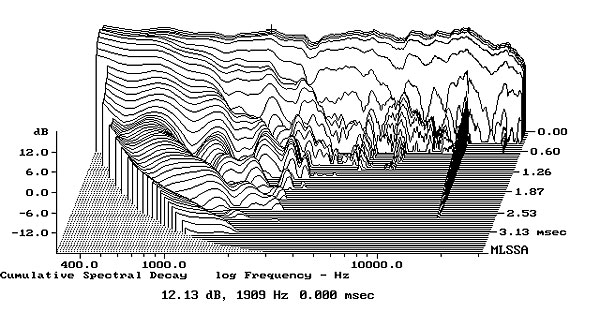| Columns Retired Columns & Blogs |
I know many manufacturers have a practice of doing this "Designed in the U.K, U.S.A or Canada and manufactured in China to the specifications of......."
Is KEF getting that much of a break on the labor costs and having them shipped by boat to North America, is it worth it to be associated with China?
At $3500.00 a pop is it not feasible to keep it in-house and take a slight hit on production costs, at the dealer they will be marked up by 50% anyway
My hobby is apparently supporting the PRC
